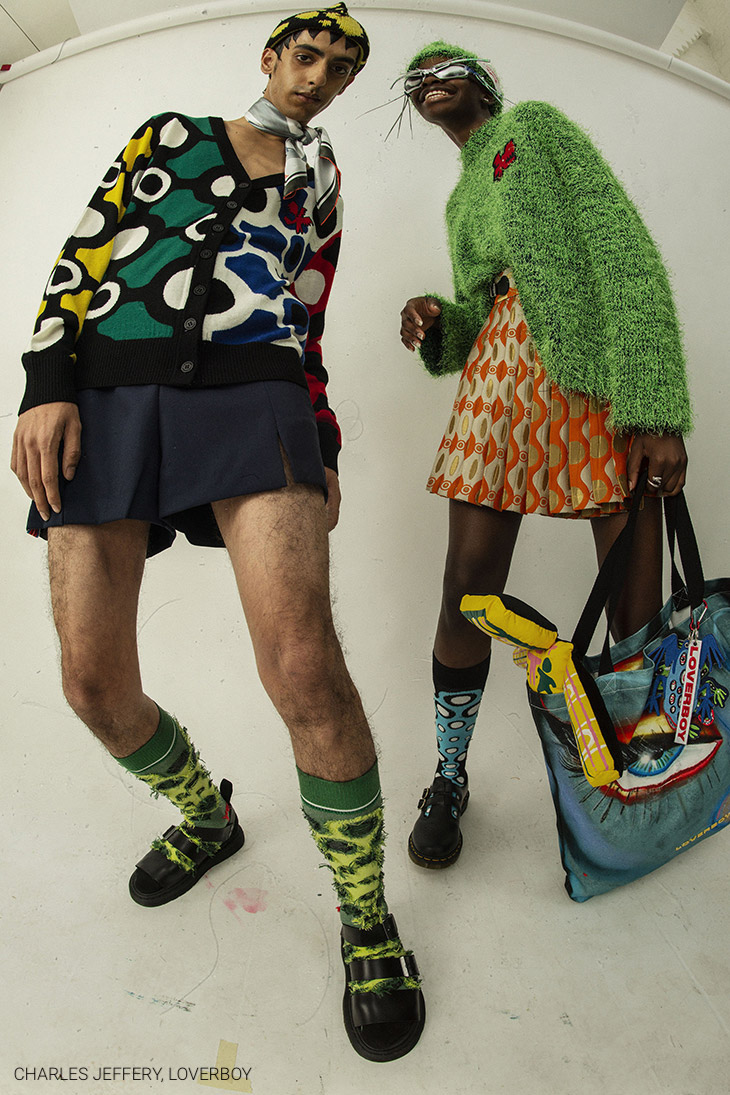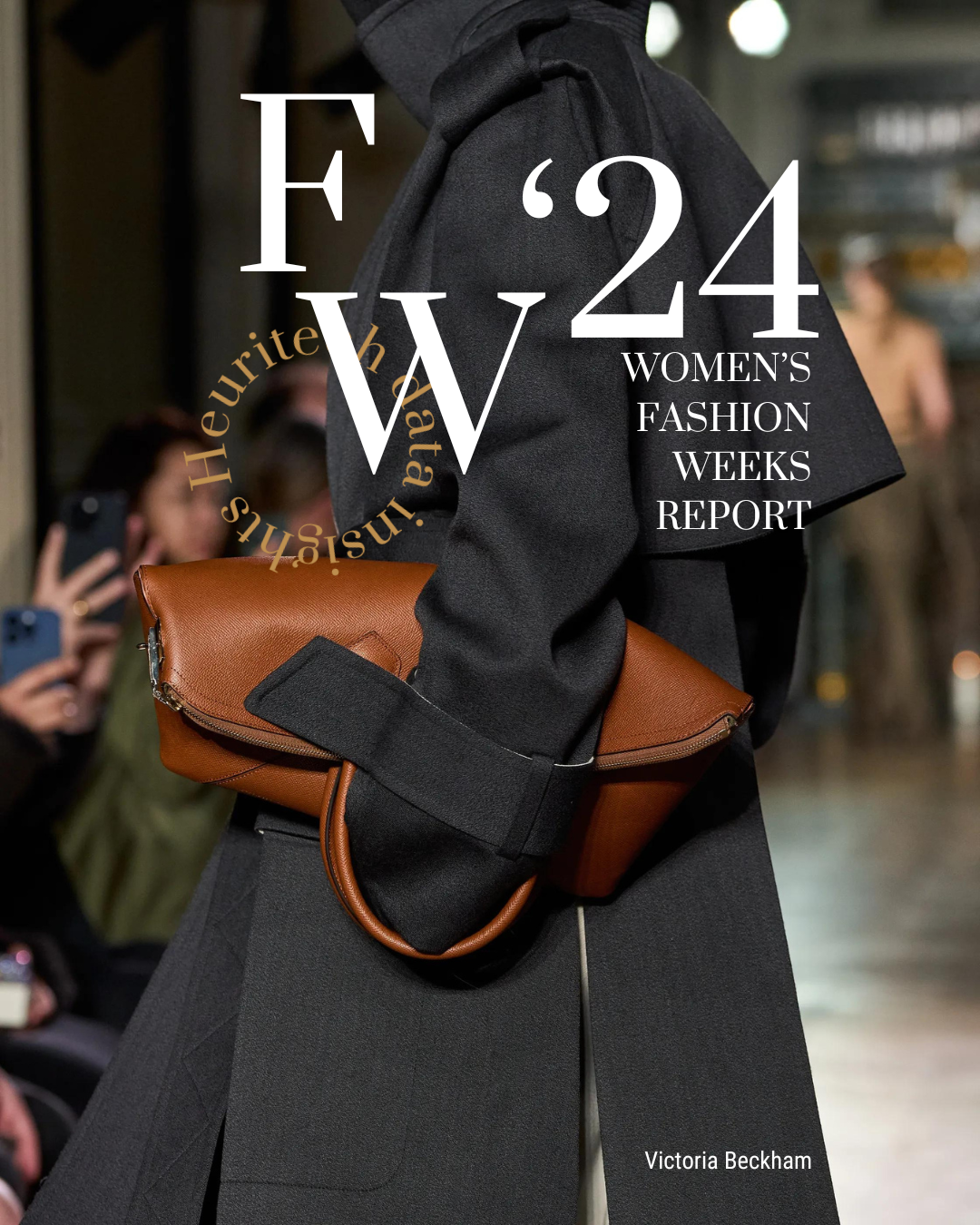Gender fluid, or non-binary fashion, is nothing new. Cultures and epochs across time and space have always experimented with fashion as an expression of gender, reflecting their own notions of gender itself. Today in the West, the binary division of gender into man and woman is beginning to loosen its grip as Gen Zers and millennials challenge society’s imposed boundaries. Indeed, gender fluidity in fashion is gaining momentum, coming out of the shadows to be democratized all across the gender spectrum.
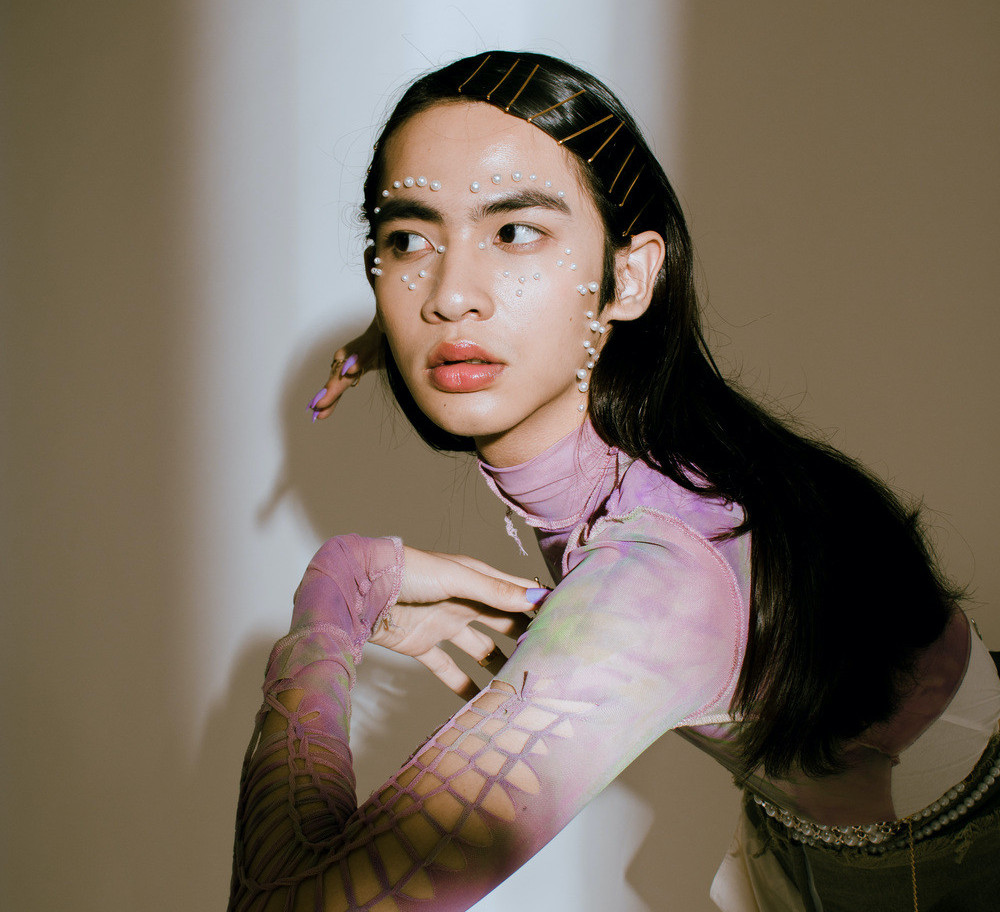
We’re seeing more and more gender-fluid collections, which are not designed nor marketed toward any specific gender and refrain from splitting any item, color, print, pattern, fabric etc., into gender binaries. Simply said: blue is no longer reserved for boys, and pink is not only for girls; anyone can wear any item and style it as they please with no distinctions based on binary norms.
Let’s have a brief look back through the West’s relationship to non-binary fashion, and how it’s evolved to particular trends today, curated by our fashion experts.
When gender fluidity preceded gender
In Western fashion history, the divide between men’s and women’s fashion did not always exist. In feudal times, men and women across similar social classes largely dressed the same, as clothing was, beyond being utilitarian, a reflection of status rather than gender.
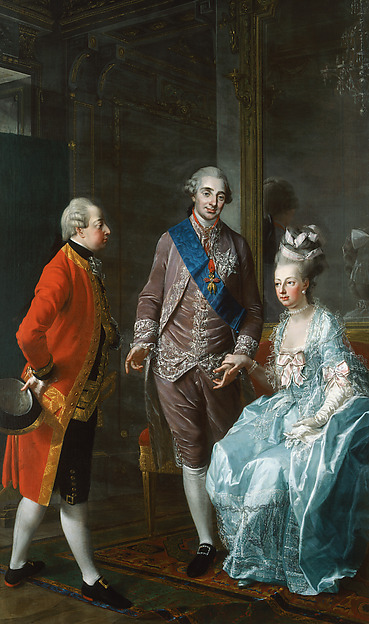
It was only until the transition from a feudal to market economic and societal structure that gendered fashion arose, in which clothing served to separate the men from the women. But even so, gendered fashion is highly transient as society alters its perception of gender roles themselves; eras like the Renaissance in Europe boasted men in lace collars, gold-embroidered capes, and flowing curls.
Image: Louis XVI
The gendered expression of men’s fashion in the West
The evolutive definition of gender and fashion’s reflection of it can be further observed through groups such as the ‘Bright Young Things’ of 1920s and ‘30s England, a group of young socialites and aristocrats who had a penchant for eccentric, opulent fashion. These men remained a transgressive youth subculture in the face of men’s uniform-like fashion of the time.

By the time the 1950s rolled around, men’s fashion was highly homogeneous, consisting of sober business suits and large silhouettes. But soon, the social movements of the 1960s rejected established conventions, of which fashion itself was a part.
A new generation of men began challenging the rigid, binary rules of masculine etiquette. Popular figures including Mick Jagger, Jimi Hendrix, David Bowie, and more welcomed feminine fabrics, flamboyant prints, and effeminate silhouettes, opening the doors to a whole new world of gender-fluid dressing.
From corsets to cargos: Women’s gender-fluid fashion
Around this time, women began feeling safe enough to truly break the boundaries of gendered fashion as well. The brave women of the 1920s and ‘30s fought hard for masculine silhouettes, breaking free of long hair, corsets, and skirts, and their descendents carried the torch into the ‘60s.
Right: YSL’s ‘The Tuxedo’

This time period witnessed women embracing fashion with less of a decorative approach, but rather an emphasis on form and function to embody the new position of women in society. Consequently, pants were no longer considered a rebellious political statement but one of liberation and empowerment.
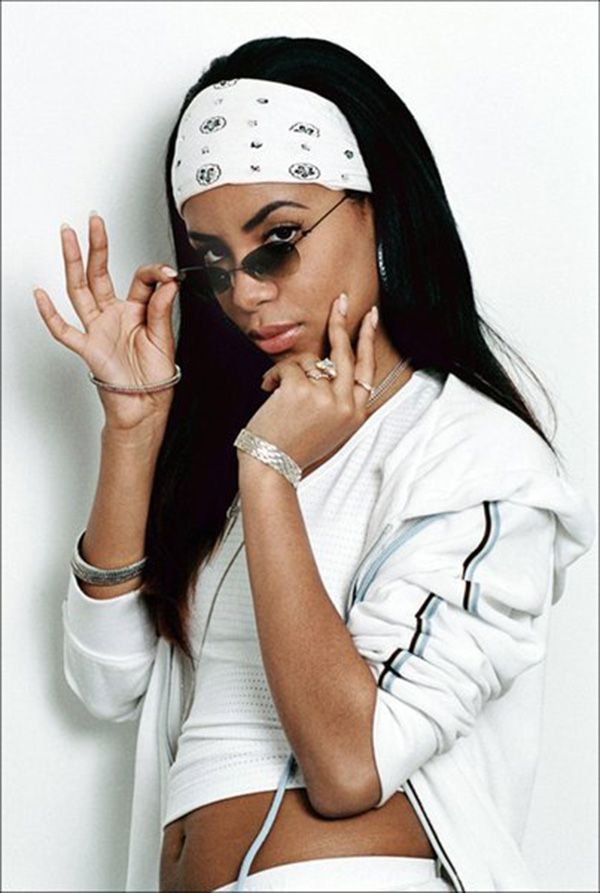
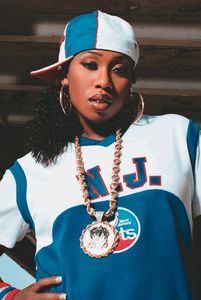
Before ‘90s and 2000s fashion became a throwback trend, it was first a mélange of masculine and feminine elements in fashion influenced by streetwear and music. Trends like midriff-flossing bras, relaxed cargo pants, low-rise jeans, bandanas, heavy jewelry, lip gloss, and more defined the style of the 90s, a legacy still present in many popular trends. Icons like Missy Elliot and Aaliyah broke the mold for urban women in a refreshing way, whose style and street sensibility are emulated today.
Representation matters, and fashion can help
In 2022, gender-fluid representation in fashion media is ubiquitous. However, it is important to emphasize that gender fluidity is not just a trend — it is a reality for many people, and gender non-conforming people have always existed throughout history. It is simply their degree of representation that has varied.
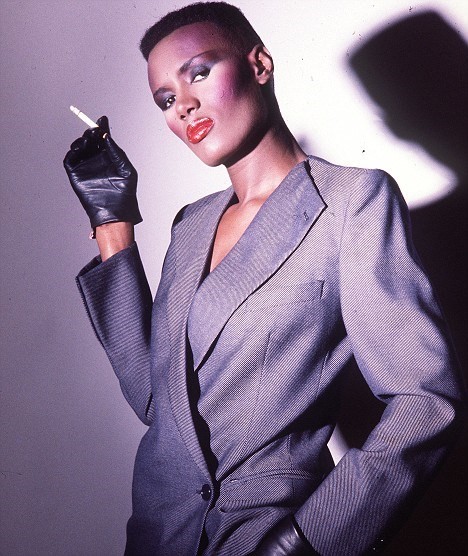
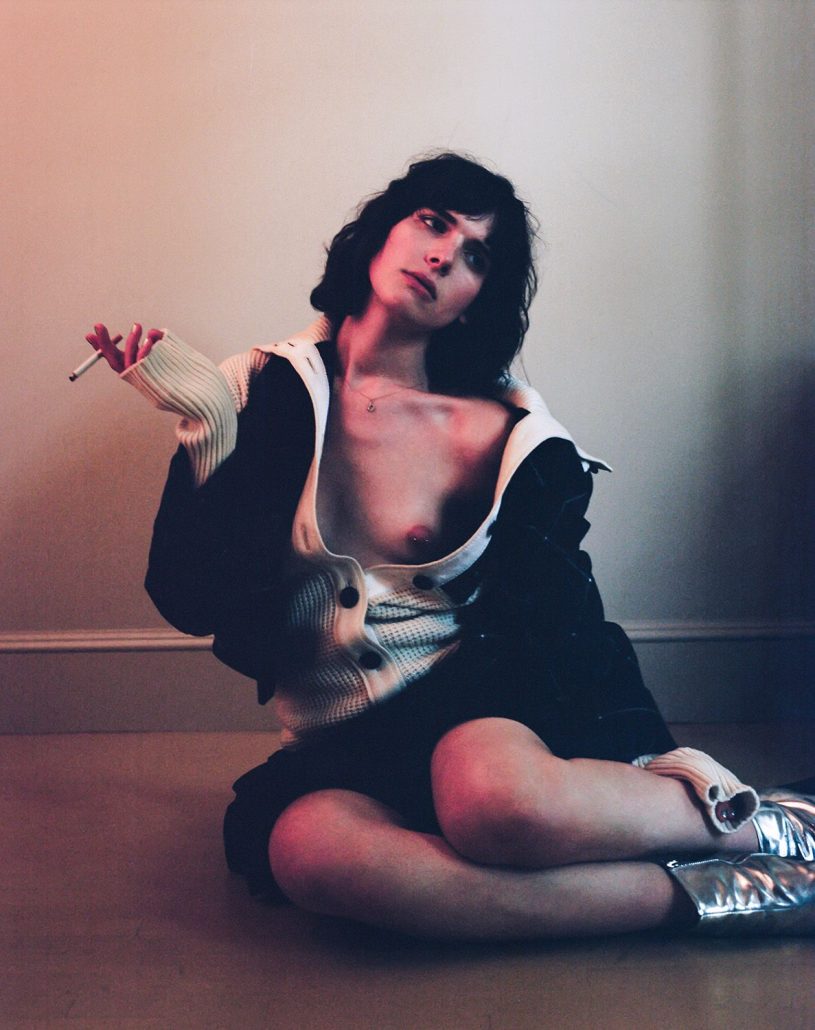
The unprecedented visibility of gender non-conforming people in contemporary media is due, in part, to Gen Z:
- 56% of Gen Z people were “already shopping outside their assigned gender area.” (Rob Smith, founder of the Phluid project, 2019)
- 41% of Gen Z respondents identified as neutral on the gender spectrum, with over half identifying as something other than heterosexual. (Vice, 2021)

As fashion and society as a whole become more open to non-binary and gender-fluid self-expression, it’s important for brands and key fashion players to maintain the momentum. There are already brave faces speaking up for the silent majority.
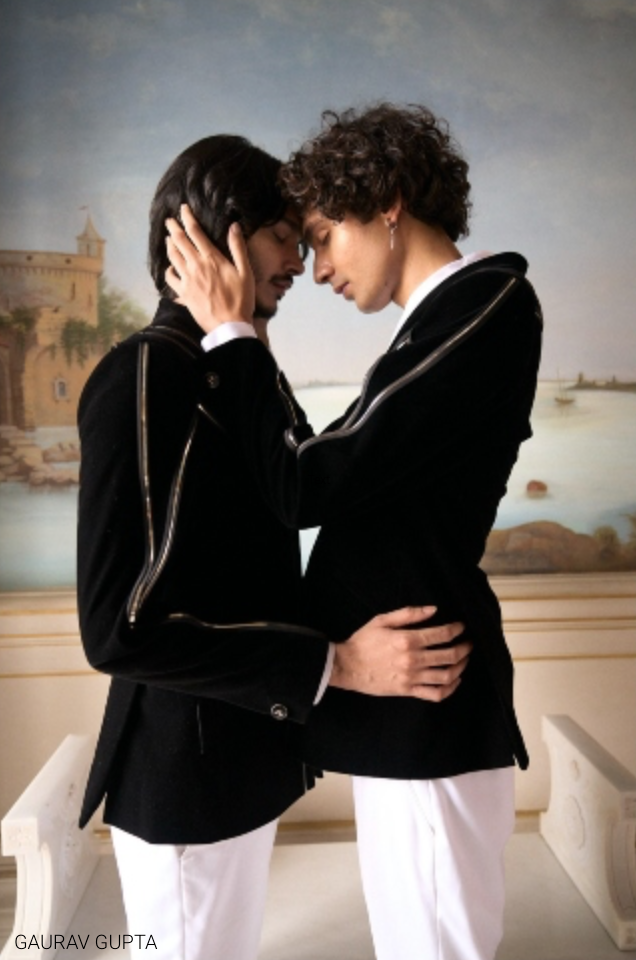
Last year, for instance, the British Fashion Council announced the London Fashion Weeks would no longer be separating menswear from womenswear. Designers like Gaurav Gupta are creating genderless collections displayed by transgender models, and stars like Jonathan Van Ness and Lil Nas X are challenging the boundaries of menswear.
Top gender-fluid trends in 2022-23
Let’s have a look at some of the gender-fluid trends for Spring 2023, curated by our fashion and data experts who analyzed a range of collections from recent Fashion Weeks as well as social media-based consumer insights.
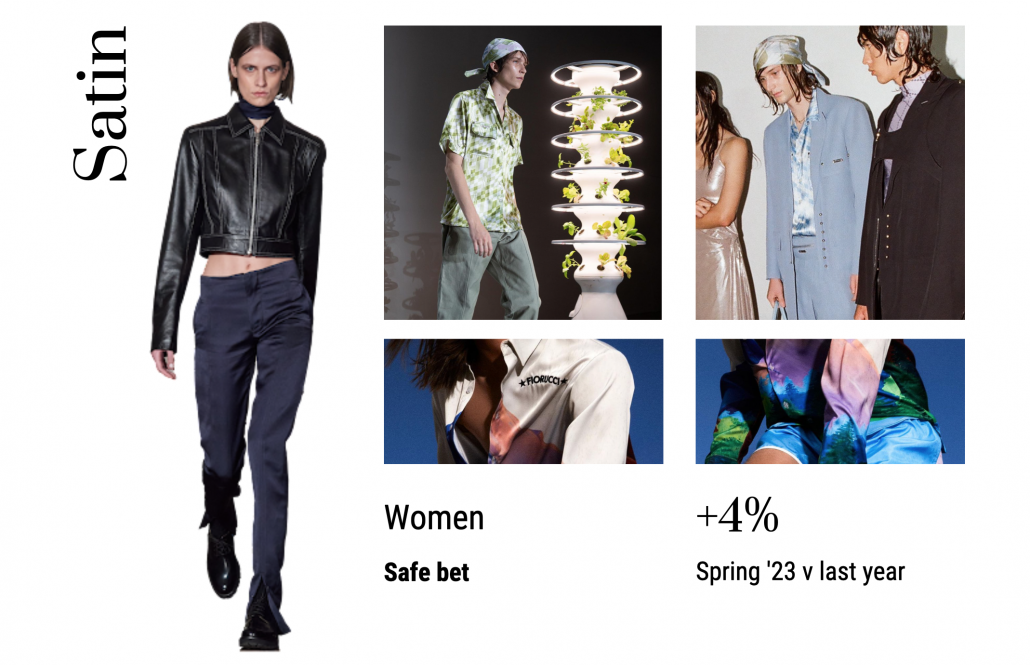
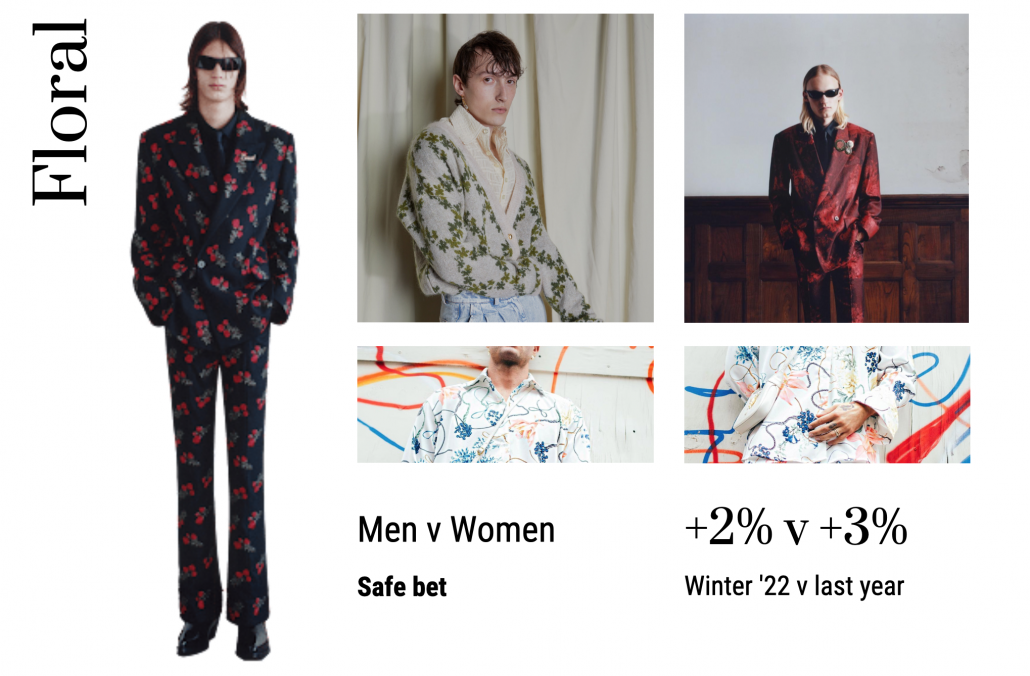
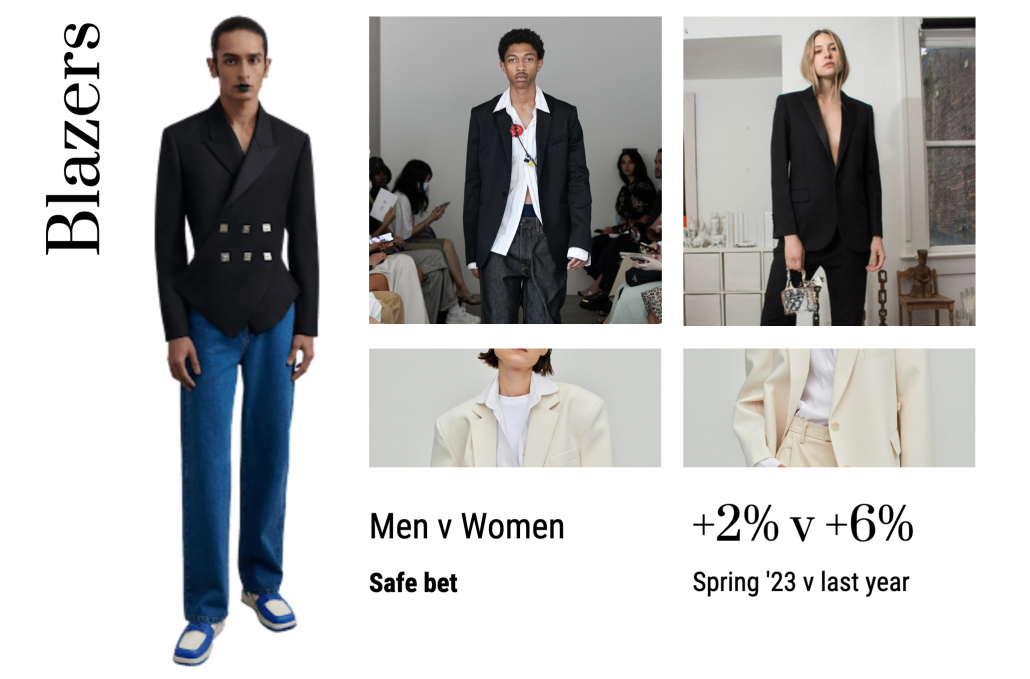
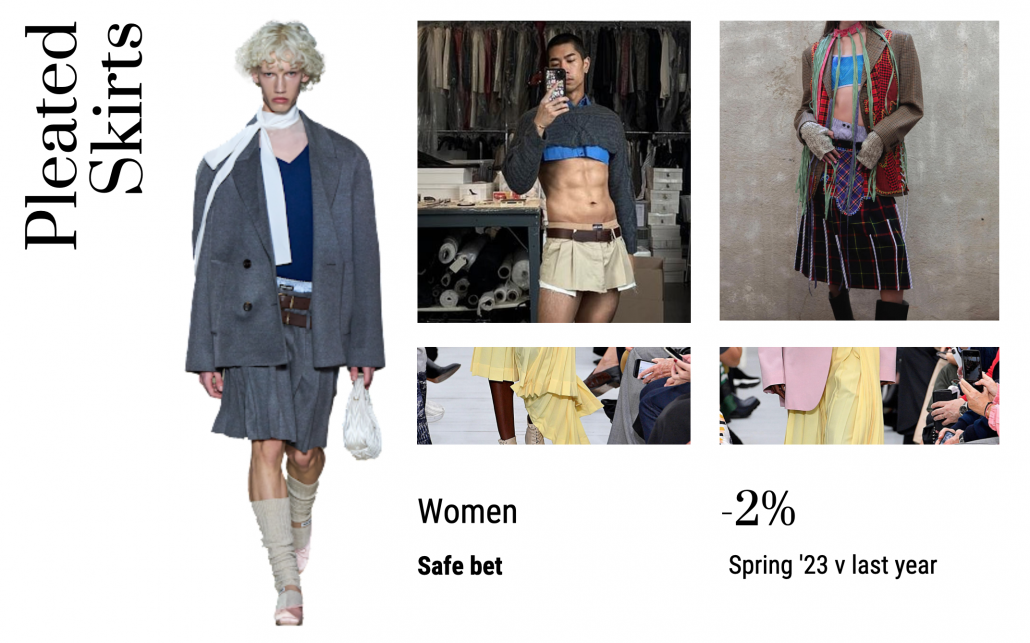
According to Heuritech’s experts
